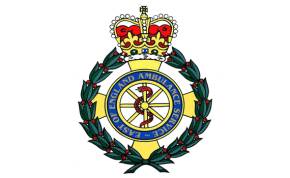
We are introducing a silver trauma screening tool (in the downloads below). The idea of the tool is to help us identify potential risk factors/indicators that occult trauma may be a factor in the patient presentation and enhance the excellent care you all provide on a daily basis.
Occult injuries are more likely to be present in patients over the age of 65, as reported in the TARN 2017 publication - Major Trauma In Older People, which highlighted that pre-hospital triage is less reliable in this patient group (TARN - Major Trauma In Older People - 2017 Report).
Underestimation of injury load in the pre-hospital setting can result in several downstream impacts to patient care, including longer time to CT and more junior care provision, as well as potential for delayed intervention.
The silver trauma screening tool has been designed to assist us all with identification of risk factors. Trauma triage decisions should still be made using the existing EoE Trauma Triage Tool. The purpose of identifying risk factors is that we are then able to record these in the patient care record, as well as hand them over to the receiving Emergency Department.
There is no change to the triage decision making process or the requirement to pre-alert. Please continue to follow normal processes, this tool is simply designed to assist us and receiving Emergency Departments to identify risk factors in a group of patients who are vulnerable to trauma.
Please also ensure a high index of suspicion for significant trauma being sustained in mechanisms such as fall from standing in this patient group. We should always consider spinal injuries in this patient group and use Canadian C-Spine rule to support decision making (Recommendations | Spinal injury: assessment and initial management | Guidance | NICE). It is also important for us to ensure adequate analgesia is offered (or refusal thereof) and documented in the patient care record, as this patient group are at risk of under analgesia in the pre-hospital phase. We are also looking to include the screening tool into the ePCR system
The other attachment is an ATMISTER pre-alert aide memoir. This format should be applied to all trauma pre-alert calls and subsequent handovers, and is also suitable for all other patient groups.
If you have any feedback on either tool or any other aspects of trauma care, please get in touch with Rob.Riches@eastamb.nhs.uk
Friday 14 January 2022